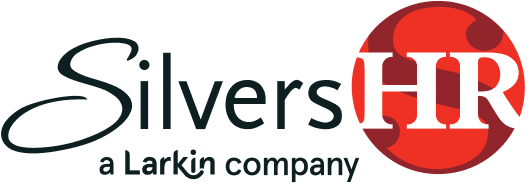By Stacey Sommerhauser, SPHR, PHRca, SHRM-SCP
If you’ve lived in California for any length of time you know we are about to start California’s wildfire season. The fire season in California has been starting earlier and ending later each year. As I write this article there is currently one fire in Mendocino County and, of course, we all remember the absolute devastation of the Paradise fires at the end of 2018. At the time of the Paradise fires, the air quality in Paradise and surrounding areas was measuring at hazardous levels.
The Paradise fire as well as other fires around the state prompted an emergency rule making process, which began last December, to protect workers from wildfire smoke. The Emergency Regulations which will be enforced by Cal OSHA will remain in effect until January 28, 2020 with permanent regulations to follow.
The Department of Industrial Relations released a press release last month which stated that under the new emergency regulation, employers must take the following steps to protect workers who may be exposed to wildfire smoke:
- Identify harmful exposure to airborne particulate matter from wildfire smoke at the start of each shift and periodically thereafter by checking the Air Quality Index (AQI) for particulate matter (PM) 2.5 in regions where workers are located.
- Reduce harmful exposure to wildfire smoke if feasible, for example, by relocating workers to an enclosed building with filtered air or to an outdoor location where the AQI for PM 2.5 is 150 or lower.
- If employers cannot reduce workers’ harmful exposure to wildfire smoke so that the AQI for PM 2.5 is 150 or lower, they must provide:
- Respirators such as N95 masks to all employees for voluntary use, and
- Training on the new regulation, the health effects of wildfire smoke, and the safe use and maintenance of respirators.
Even if you think this will not affect your business and your employees wouldn’t be covered, you may be surprised. The obvious covered workers who come to mind are delivery drivers, construction workers, mechanics and landscapers, but you must also think about your employees who work in a business where doors open and shut throughout the day or they are required to go outdoors for a length of time. Please read on and ask yourself the following questions to see if you have workers who may be covered:
- Do your employees work outdoors?
- Do you have employees whose duties take them outdoors for a total of one hour or more during a shift?
- Are your employees near doors and windows that open constantly throughout the day?
- Are your employees working in a building without mechanical ventilation?
The Protection from Wildfire Smoke regulation applies to workplaces where:
- The current AQI for PM2.5 is 151 or greater, regardless of the AQI for other pollutants; and
- The employer should reasonably anticipate that employees may be exposed to wildfire smoke.
Hopefully you now realize this regulation can reach beyond the employee that primarily works outdoors and the regulations might apply to your business. So, what do you do now? Well, when I looked outside today and checked the AQI on AirNow.gov the AQI is 38 or “Good” so an employer would not need to take the precautions outlined in the regulations. However, last year during the Paradise wildfires the AQI in Placer County reached 423 (YIKES) and if the current regulations were in place, employers who were not exempt would have needed to follow the precautions outlined in the regulations.
The regulations state that if employees may be exposed to wildfire smoke, then the employer is required to find out the current AQI applicable to the worksite. If the current AQI for PM2.5 is 151 or more, the employer is required to: (1) Check the current AQI before and periodically during each shift. (2) Provide training to employees. (3) Lower employee exposures. (4) Provide respirators and encourage their use (the use of respirators is not required until the AQI reaches 500).
Keep in mind, this is a new regulation and more information will surely be coming. There is no way we could possibly include every situation or every detail of the regulation so we encourage you to read the full regulations which can be found here. If you have specific questions, please call your Safety or HR Consultant and we will be happy to discuss your particular situation.
